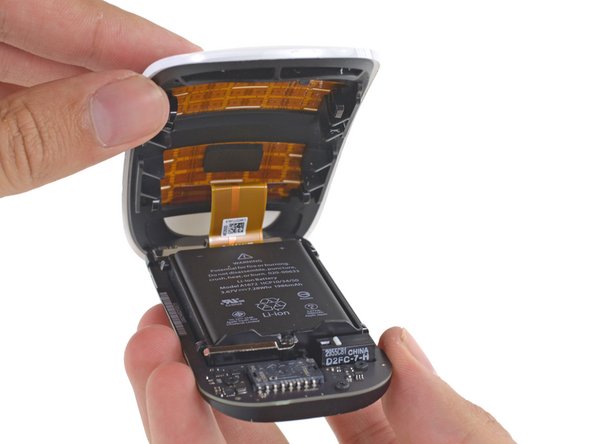Apple released a slew of magical Maccessories just in time for the witching season—Magic Keyboard, Magic Trackpad 2, and Magic Mouse 2. Eager to see what’s behind the hocus-pocus, we traded our trusty spudger for our favorite spell—Alohomora! It’s teardown time.
It’s clear that Apple took a unified approach to engineering when designing all three of these devices. We discovered a lot of design commonalities running through this triple threat: same chips, similar batteries, pairing and charging over Lightning—and… Here’s where it gets spooky: Both keyboard and mouse require a “Bluetooth-enabled Mac,” while the trackpad requires a “Bluetooth 4.0-enabled Mac,” all three use the same Broadcom BCM20733 Bluetooth 3.0 chip. So what’s up with that?
Click on each image to navigate to each respective teardown.
Magic Trackpad 2 teardown highlights:
- We’ve seen our share of Force Touch on the teardown table, and this is by far the largest and most impressive implementation yet—but it still works by the same principles as its predecessors. Four springy tabs, equipped with strain gauges, support the trackpad and measure their own deflections during a press on the trackpad above. The Taptic Engine then simulates a click feel and sound by vibrating the trackpad.
Magic Keyboard teardown highlights:
- The Magic Keyboard almost brings the Retina MacBook’s keyboard to the desktop—it features the same slightly modified layout, and low-profile keys, but not the famed butterfly switches—instead, a “reengineered scissor mechanism” provides all of the stability you could ask for in a keyboard.
Magic Mouse 2 teardown highlights:
- The least radical redesign of them all, the Magic Mouse 2 maintains the same appearance as the original—its only real change is to nix the user-replaceable batteries for an internal rechargeable battery. Oh and it has a Lightning port, for charging and pairing.







0 opmerkingen